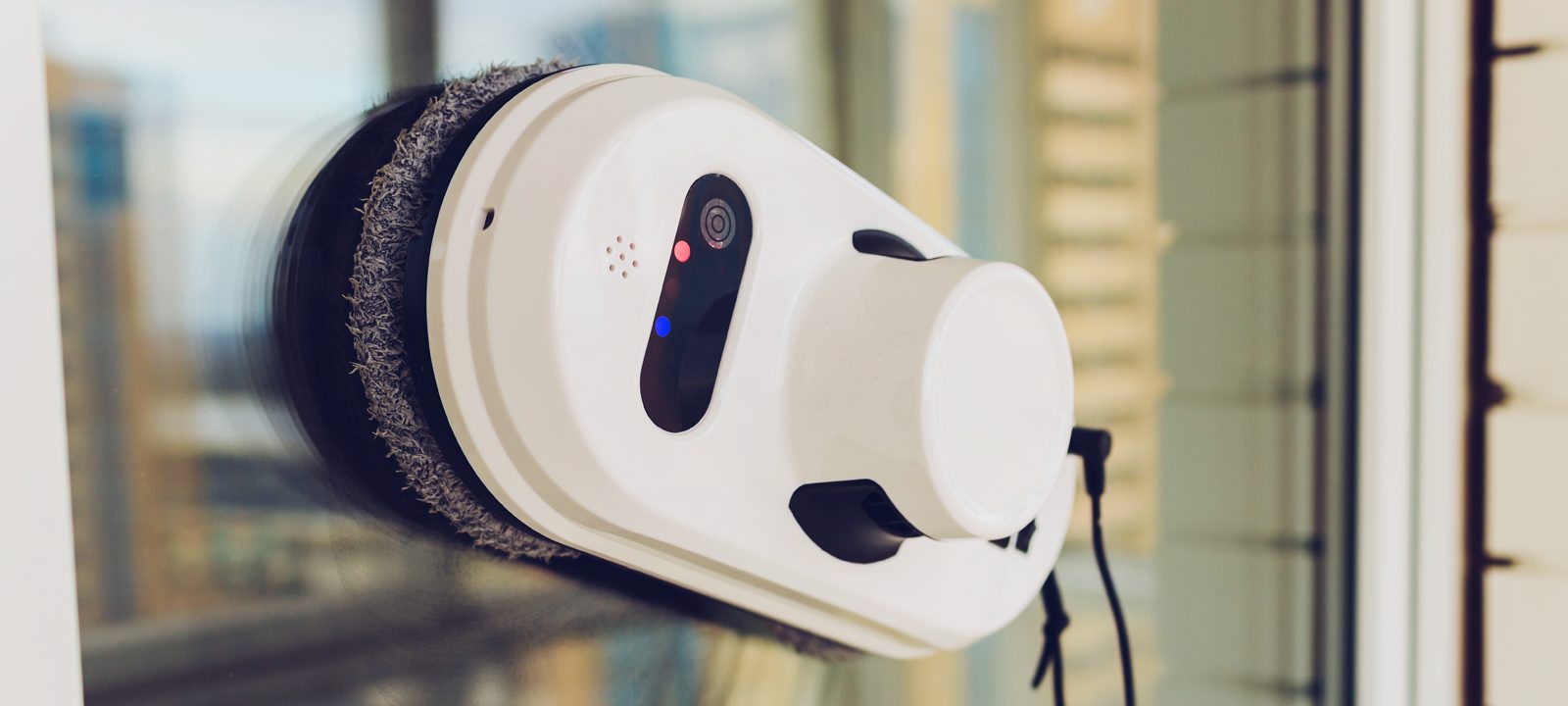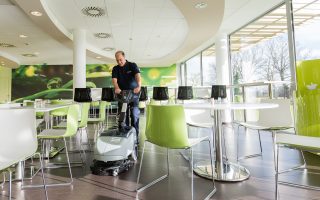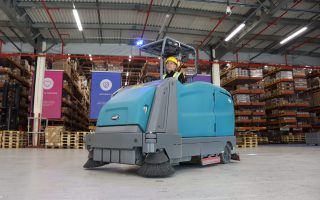The commercial cleaning industry is evolving rapidly, shaped by advancements in technology, heightened sustainability demands, and ongoing economic challenges. As we look toward 2025, businesses must adapt to stay competitive in this multi-billion-pound sector, which plays a critical role in maintaining hygiene standards across diverse environments, from offices to healthcare facilities. This article will explore the most important commercial cleaning trends for 2025, offering key insights to help cleaning businesses stay ahead of the curve.
1. Sustainability as a Non-Negotiable
Sustainability is no longer just a buzzword; it has become a defining factor in commercial cleaning. By 2025, eco-friendly cleaning solutions will dominate the market, driven by growing consumer awareness, stricter environmental regulations, and businesses’ commitment to corporate social responsibility. Companies that fail to integrate sustainable practices risk being left behind.
- Circular Economy Practices: Expect to see a rise in closed-loop systems, where cleaning products and packaging are reused or recycled. This not only reduces waste but also appeals to eco-conscious clients.
- Water and Energy Conservation: Cleaning companies will adopt new technologies that use less water and energy, such as low-water cleaning methods or equipment powered by renewable energy sources.
- Biodegradable and Non-Toxic Products: These are becoming the standard, as both consumers and regulatory bodies demand safer, environmentally friendly products.
2. Automation and Robotics Revolution
The automation trend continues to reshape the cleaning industry, with 2025 marking a significant leap forward in the use of robotics and AI. The ongoing labour shortages have prompted businesses to invest in automated cleaning solutions to maintain operational efficiency.
- Smart Cleaning Robots: Fully autonomous robots will handle tasks like vacuuming, floor scrubbing, and window cleaning. These robots will be equipped with sensors and AI to optimize cleaning routes and ensure high-quality results.
- AI-Driven Software: Advanced software powered by AI will allow for real-time monitoring and predictive maintenance, reducing equipment downtime and improving service delivery.
- Labour Cost Reduction: Automation will help reduce dependency on manual labour, especially for repetitive tasks, enabling cleaning companies to focus their human workforce on more specialized or detailed cleaning jobs.
3. Indoor Air Quality (IAQ) and Health-Focused Cleaning
The importance of indoor air quality (IAQ) will take centre stage in 2025, particularly in commercial spaces like offices, schools, and healthcare facilities. With increasing concerns about airborne viruses and allergens, clients will expect cleaning services that improve air quality and contribute to healthier environments.
- Air Purification Systems: Commercial cleaning companies will incorporate air purification systems as part of their service offerings, ensuring that HVAC systems are maintained to high standards and helping to reduce the spread of airborne illnesses.
- Green Cleaning Certifications: Cleaning companies will seek certification in green and IAQ standards, adding value to their services and meeting the demands of eco-conscious customers and stricter government regulations.
- Proactive IAQ Monitoring: Real-time air quality monitoring systems will be deployed, using IoT technology to provide data that supports healthier workspaces and client satisfaction.
4. The Internet of Things (IoT) Drives Smart Cleaning
IoT is revolutionizing the way businesses manage their cleaning operations. In 2025, smart cleaning solutions powered by IoT will become essential for companies looking to streamline operations, reduce costs, and improve service quality.
- Data-Driven Cleaning: IoT-enabled devices will monitor cleaning needs in real-time, ensuring that spaces are cleaned only when necessary. This reduces the frequency of cleaning in low-traffic areas while ensuring that high-traffic zones receive more attention.
- Predictive Maintenance: Sensors embedded in cleaning equipment will alert teams to potential issues before they cause breakdowns, minimizing downtime and extending the lifespan of machinery.
- Energy and Resource Management: Smart sensors will track energy usage, water consumption, and cleaning product usage, helping businesses achieve greater efficiency and meet sustainability goals.
5. Data Analytics and AI for Enhanced Efficiency
In 2025, data analytics will become the backbone of commercial cleaning trends, enabling businesses to optimize operations, improve service delivery, and enhance customer satisfaction.
- Performance Monitoring: Cleaning companies will use data analytics to track the performance of their teams and equipment, identifying areas for improvement and ensuring consistently high service levels.
- Customizable Cleaning Plans: By analysing data on usage patterns and client needs, businesses will be able to offer personalized cleaning plans that maximize efficiency and client satisfaction.
- AI for Demand Forecasting: AI-driven analytics will help predict demand spikes or slowdowns, allowing companies to better allocate resources and plan schedules accordingly.
6. Hybrid Work and Flexible Cleaning Services
The rise of hybrid working will continue to impact the commercial cleaning industry in 2025. As businesses shift to flexible office hours, cleaning companies will need to adapt their services to accommodate these changes.
- On-Demand Cleaning Services: Companies will offer flexible, on-demand cleaning services tailored to the needs of businesses with fluctuating occupancy levels. This allows for more cost-effective cleaning schedules without compromising on cleanliness.
- Specialized Disinfection Services: With the continued focus on health and hygiene, clients will expect specialized disinfection services for high-touch areas, especially in environments where hybrid work means different employees are using the same spaces on alternating days.
- Agile Cleaning Crews: To keep up with dynamic office environments, cleaning teams will need to be more agile, adapting quickly to changes in workspace usage.
7. Employee Training and Well-Being Initiatives
The human element of cleaning is as important as ever, and by 2025, employee training and well-being will be key differentiators for successful cleaning companies.
- Advanced Training Programs: As technology becomes more integrated into cleaning practices, operatives will require training in using new machinery, understanding IoT systems, and delivering eco-friendly services.
- Health and Safety Focus: Cleaning companies will invest in the health and safety of their workforce, providing ergonomic tools, mental health support, and ongoing professional development to ensure employee well-being.
- Recognition and Retention: Companies that prioritize staff well-being and offer recognition programs will have a competitive edge in attracting and retaining top talent in a labour-strapped industry.
Conclusion: Thriving in the Commercial Cleaning Industry of 2025
As we move into 2025, commercial cleaning trends highlight the industry’s ongoing transformation. The focus on sustainability, automation, data-driven operations, and employee well-being will shape the future of the sector. Businesses that embrace these trends will be well-positioned to not only survive but thrive in an increasingly competitive marketplace. The integration of advanced technologies and eco-friendly practices will be the keys to success in a world that demands both operational efficiency and social responsibility.
Staying ahead of these trends will require cleaning companies to be agile, innovative, and forward-thinking. By prioritizing sustainability, leveraging cutting-edge technology, and investing in employee well-being, businesses can continue to deliver the high-quality services their clients expect, while also contributing to a cleaner, healthier, and more sustainable future.








